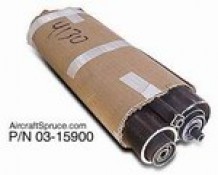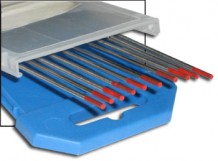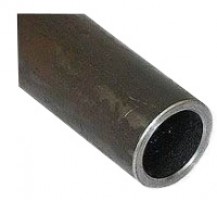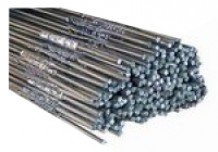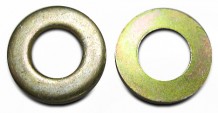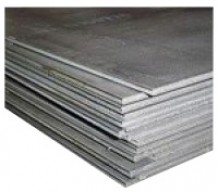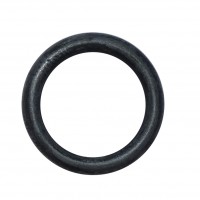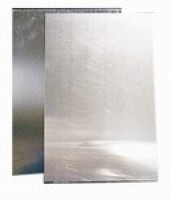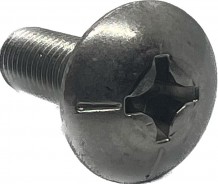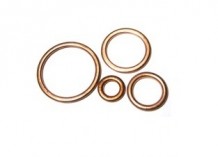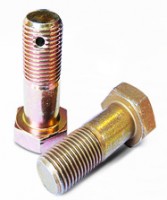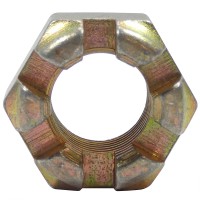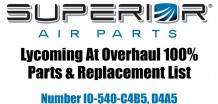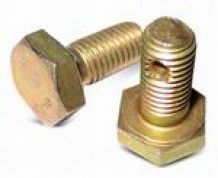Mild Steel Alloy Er80S-D2 .045 Tig Filler Material
MFR Model# ER80SD2-045-10T
Overview
|
USA 80S-D2 is designed to give high strength weld son high sulfur bearing (free-machining) steels or medium carbon steels. This wire contains additional amounts of manganese and silicon which, when alloyed with 0.50% molybdenum, produces weld deposits which have high ductility, excellent impact values and tensile strengths of approximately 100,000 psi. USA 80S-D2 is commonly used on low carbon and low alloy steels such as AISI 4130 where tensile strengths provided by plain carbon steel wires are inadequate. A well balanced silicon content gives this wire superior arc stability, a low spatter level and a flat bead with excellent appearance. USA 80S-D2 produces X-ray quality, porosity free welds even over dirt, rust or mill scale. Applications: 318" sections are packaged in 1 lb. tubes to provide you the flexibility of buying only what you need for your job. |
WARNING: Cancer and Reproductive Harm - www.P65Warnings.ca.gov. |
Features
- Well balanced silicon content gives this wire superior arc stability, a low spatter level and a flat bead with excellent appearance.
- Produces X-ray quality, porosity free welds even over dirt, rust or mill scale.
- This wire is commonly used on low carbon and low alloy steels.
Specifications
- Elongation is 25%.
- Tensile strength: approximately 100,000 psi
Reviews
TIG filler rod selection was most comprehensive I good find in one location, and great price, with historic fast delivery, i was TIG welding in no time! thanks!
Tig Filler ER80S-D2 .045
Tig Filler ER80S-D2 .045
Product description could be corrected - sticks not 36-inch. Obviously not a real issue.
Tig Filler ER80S-D2 .045
filler rod for 4130 steel, melts like it should.
Tig Filler ER80S-D2 .045
Just whats needed for a good deal!
Tig Filler ER80S-D2 .045
I was needing .030 wire in the alloy for repair welding a small unobtanium flat spring. The .045 works if I reduce the diameter and the welding results are within the parameters I need.
Q&A
Please note, Aircraft Spruce's personnel are not certified aircraft mechanics and can only provide general support and ideas, which should not be relied upon or implemented in lieu of consulting an A&P or other qualified technician. Aircraft Spruce assumes no responsibility or liability for any issue or problem which may arise from any repair, modification or other work done from this knowledge base. Any product eligibility information provided here is based on general application guides and we recommend always referring to your specific aircraft parts manual, the parts manufacturer or consulting with a qualified mechanic.


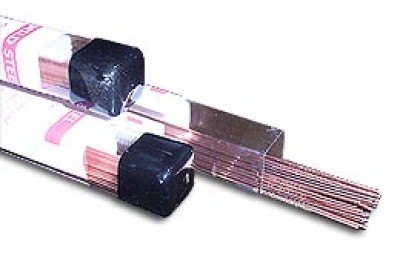





 FREE Shipping
FREE Shipping

